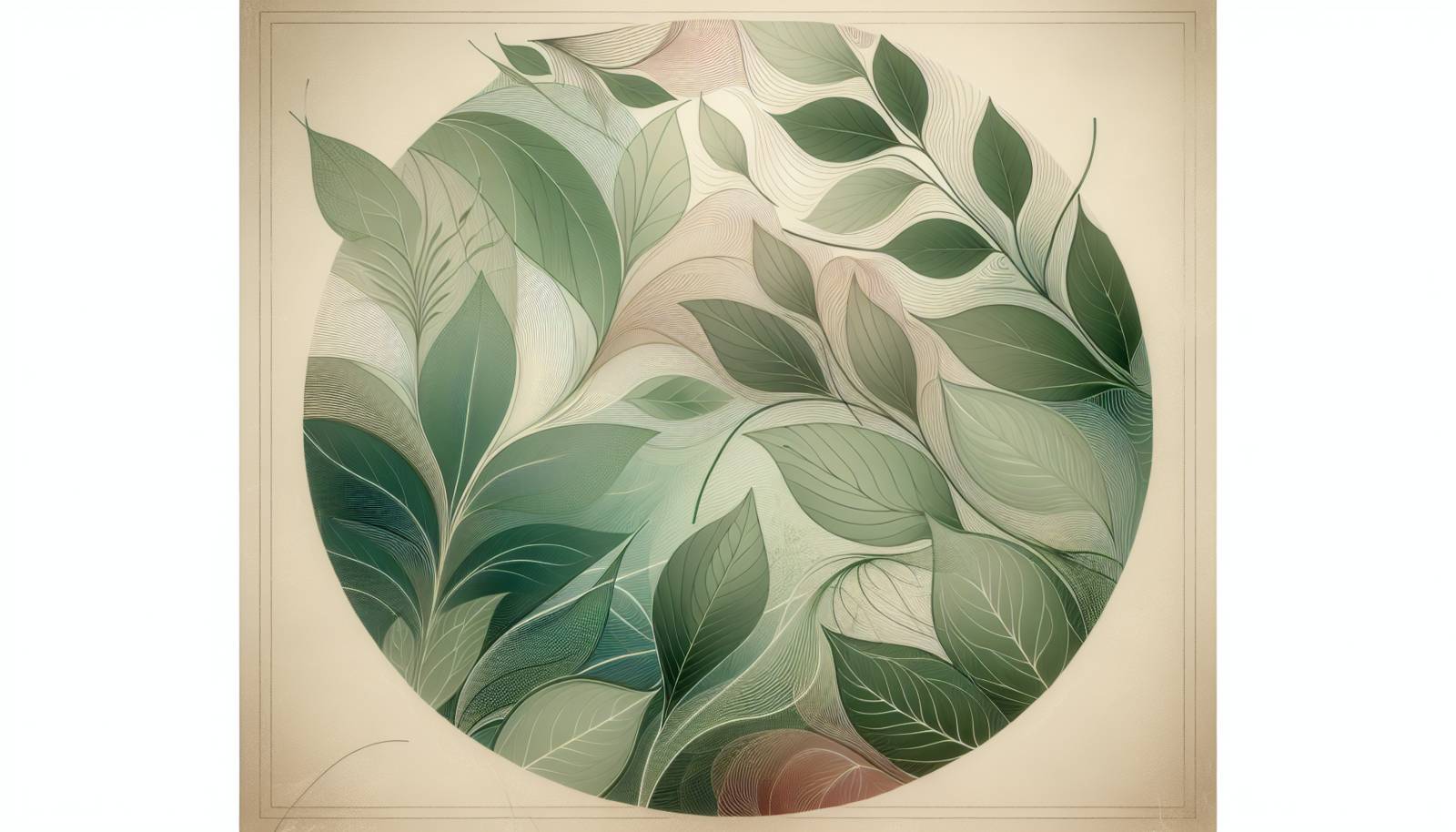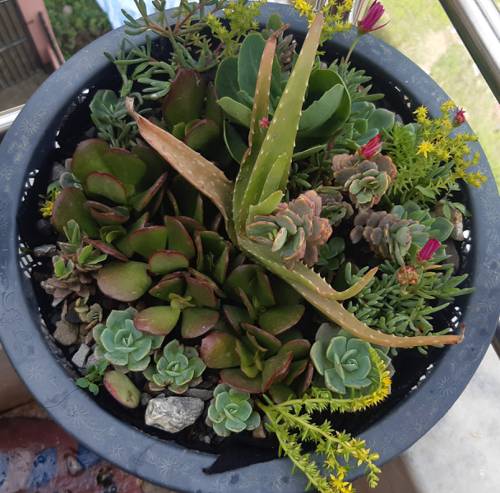
FAQ About Indoor Plant Longevity Optimization

What are the key environmental factors affecting indoor plant longevity?
Indoor plant longevity is primarily influenced by light, temperature, humidity, and air quality. Proper lighting ensures plants have enough energy for photosynthesis, while maintaining optimal temperature and humidity levels helps plants thrive by mimicking their natural habitats. Good air circulation prevents pest infestations and diseases. Adjusting these factors to meet the specific needs of your plant can significantly impact its lifespan.

How does lighting influence the growth and longevity of indoor plants?
Lighting plays a crucial role in indoor plant health as it is essential for photosynthesis, the process by which plants convert light into energy. Different plants have varying light requirements; some thrive in bright, direct sunlight while others prefer low-light conditions. Understanding and providing the right light level can prevent issues such as leggy growth, leaf drop, and reduced longevity.

What are some common mistakes that shorten the lifespan of indoor plants?
Common mistakes include overwatering or underwatering, inadequate light exposure, and poor soil drainage. Additionally, neglecting to adjust care routines for seasonal changes, not monitoring for pests, and failing to repot when necessary can all contribute to a shortened plant lifespan.

How can adjusting humidity levels improve indoor plant longevity?
Humidity is vital for many indoor plants, especially tropical species. Low humidity can cause leaves to brown and curl, while high humidity can encourage mold and bacterial growth. Using humidifiers, placing water trays near plants, or grouping plants together can help maintain balanced humidity, thus prolonging plant life.

What are effective soil management techniques for indoor plants?
Effective soil management includes choosing the right soil mix for your plant type, ensuring good drainage, and occasionally replenishing nutrients through fertilization. Regularly checking soil moisture before watering prevents overwatering, and mixing in organic matter like compost can improve soil quality.

Why is proper drainage important for indoor plants?
Proper drainage prevents root rot by allowing excess water to leave the pot. Without adequate drainage, roots can suffocate in overly wet soil, leading to decay and ultimately plant death. Ensuring pots have drainage holes and using appropriate soil can help maintain plant health.

How can you tell if an indoor plant needs to be repotted?
Signs that an indoor plant needs repotting include roots growing out of drainage holes, water sitting on the surface and not soaking in, or the plant becoming top-heavy. Repotting gives the plant more space to grow and access to fresh soil, promoting better health and longevity.

What role does temperature play in plant longevity?
Temperature affects metabolic processes in plants, influencing growth rates and resilience. Extreme temperatures can stress plants, leading to stunted growth or death. Keeping indoor plants within their preferred temperature range helps them maintain optimal growth and longevity.

Can fertilizers enhance the longevity of indoor plants?
Fertilizers provide essential nutrients that might be lacking in potting soil. Regular feeding, as per the plant’s needs, can support healthy growth and prolong lifespan. However, over-fertilizing can harm plants, so it’s crucial to follow appropriate guidelines regarding type and amount.

How does air circulation impact indoor plant health?
Good air circulation prevents the buildup of heat and humidity around plants, reducing the risk of fungal infections and pest infestations. It also helps strengthen plant structures. Proper spacing, the use of fans, and regular turning of plants can improve air flow around them.

What specific care techniques help to extend the life of succulents indoors?
For succulents, ensure they receive bright, indirect light and are planted in well-draining soil. Water sparingly, allowing the soil to dry out completely between waterings. Avoid high humidity and overwatering, as succulents are prone to root rot.

How do seasonal changes affect indoor plant care strategies?
Seasonal changes can alter light availability, temperature, and humidity, necessitating adjustments in plant care. During winter, you might need to provide supplemental lighting and reduce watering. In warmer months, increased watering and possibly moving plants to cooler areas may be beneficial.

What are the benefits of pruning indoor plants?
Pruning helps remove dead or diseased parts of a plant, encouraging new growth and better air circulation. It can also shape the plant, control size, and improve overall health, thus extending the plant’s lifespan by preventing the spread of disease and pests.

Can indoor plant longevity be enhanced by using grow lights?
Grow lights are beneficial for providing consistent and adequate light levels, especially in areas where natural light is insufficient. They can extend daylight hours during darker months and are crucial for plants with high light requirements, thereby enhancing longevity.

How important is it to clean the leaves of indoor plants?
Cleaning leaves removes dust and accumulated particles, improving photosynthesis efficiency and plant aesthetics. It also reduces the potential for pests to settle. Gently wiping leaves with a damp cloth or misting them can keep them clean and healthy.

What watering techniques can help maintain healthy indoor plants?
Efficient watering techniques include deep watering to ensure roots receive enough moisture, allowing the soil to dry slightly between waterings, and choosing early morning or late afternoon as watering times. Understanding your plant's specific water needs can prevent over or underwatering.

How can you optimize plant placement in a room for better longevity?
Optimizing placement involves positioning plants based on their light needs and avoiding drafty or hot areas. Grouping plants with similar care requirements can create microclimates, making it easier to maintain consistent environmental conditions.

What are the signs of overwatering in indoor plants?
Signs of overwatering include yellowing leaves, wilting despite wet soil, and moldy soil or mushy stems. Adjusting your watering routine and ensuring proper drainage can help prevent these issues and promote healthier, longer-living plants.

How often should indoor plants be assessed for pests?
Regularly, ideally every time you water. Inspect leaves, stems, and soil for signs of pests such as webs, spots, or holes. Early detection allows for easier and more effective pest management, reducing stress on the plant and extending its lifespan.

What is the impact of using the wrong type of potting soil for indoor plants?
Using the wrong type of potting soil can result in poor drainage, incorrect nutrient levels, and insufficient aeration, all of which can impede plant growth and reduce longevity. It's crucial to select a soil that suits the specific needs of your plant species.
